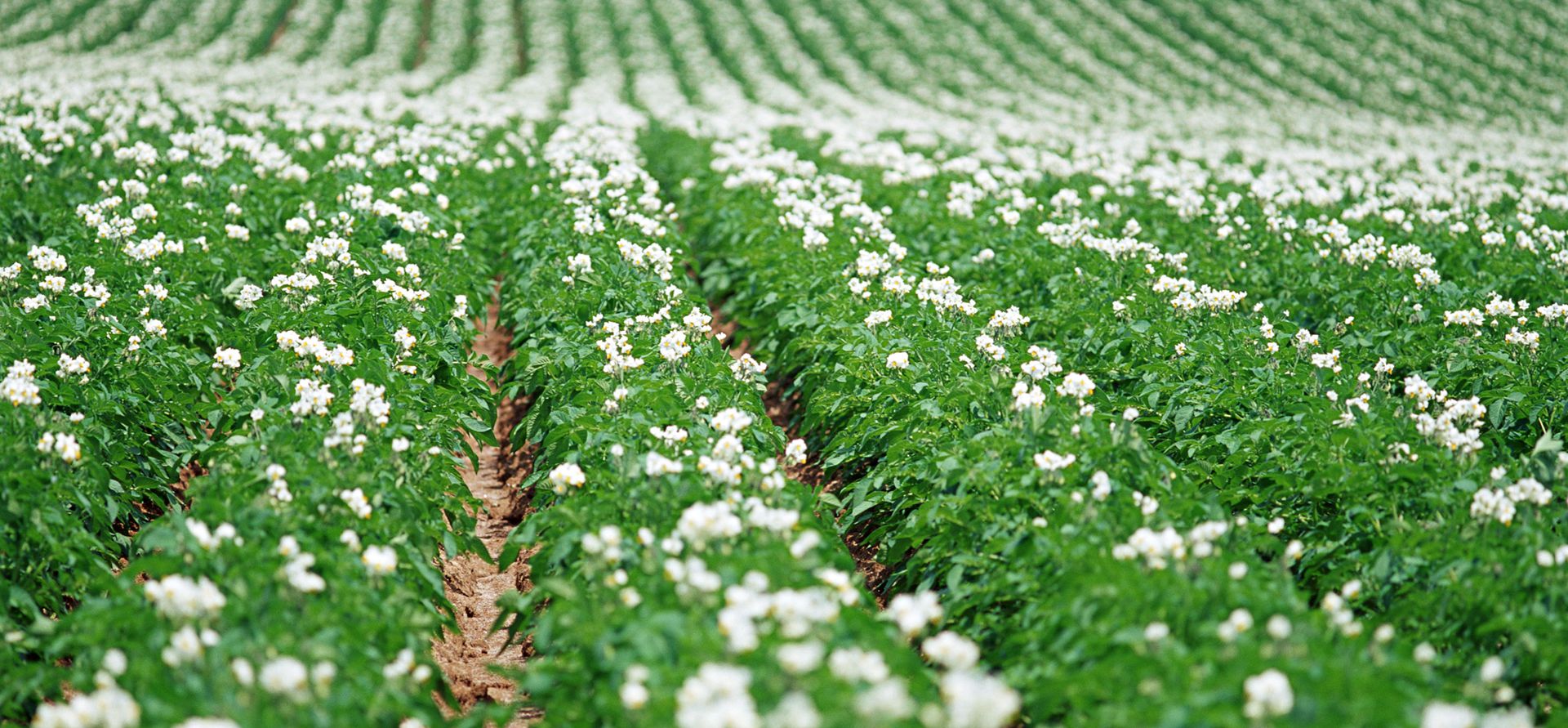
Products
-
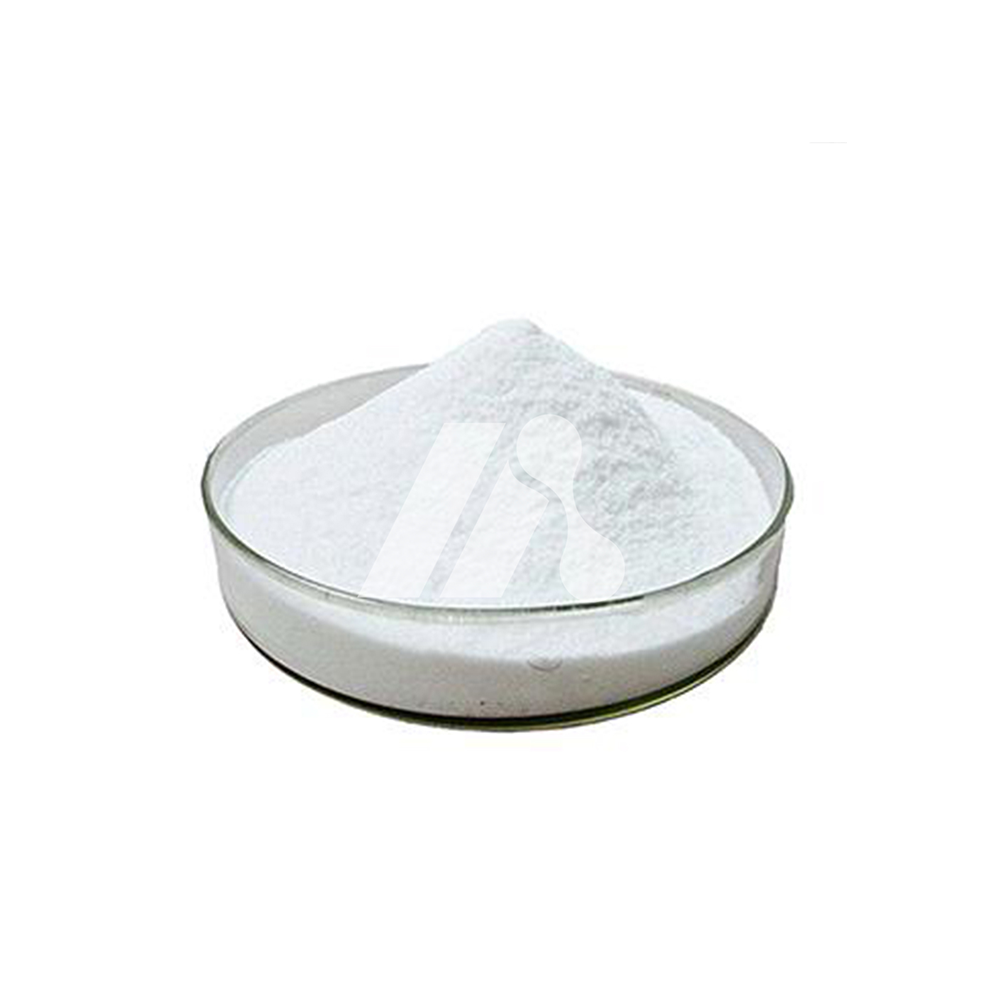 Methomyl 98%
Methomyl is a broad-spectrum, fast-acting insecticide that is effective against aphids, cotton bollworms and other pests. It can be used on grain, cotton, vegetables, tobacco, fruits and other crops.
CAS No.: 16752-77-5
1 kg (MOQ)
Methomyl 98%
Methomyl is a broad-spectrum, fast-acting insecticide that is effective against aphids, cotton bollworms and other pests. It can be used on grain, cotton, vegetables, tobacco, fruits and other crops.
CAS No.: 16752-77-5
1 kg (MOQ)
-
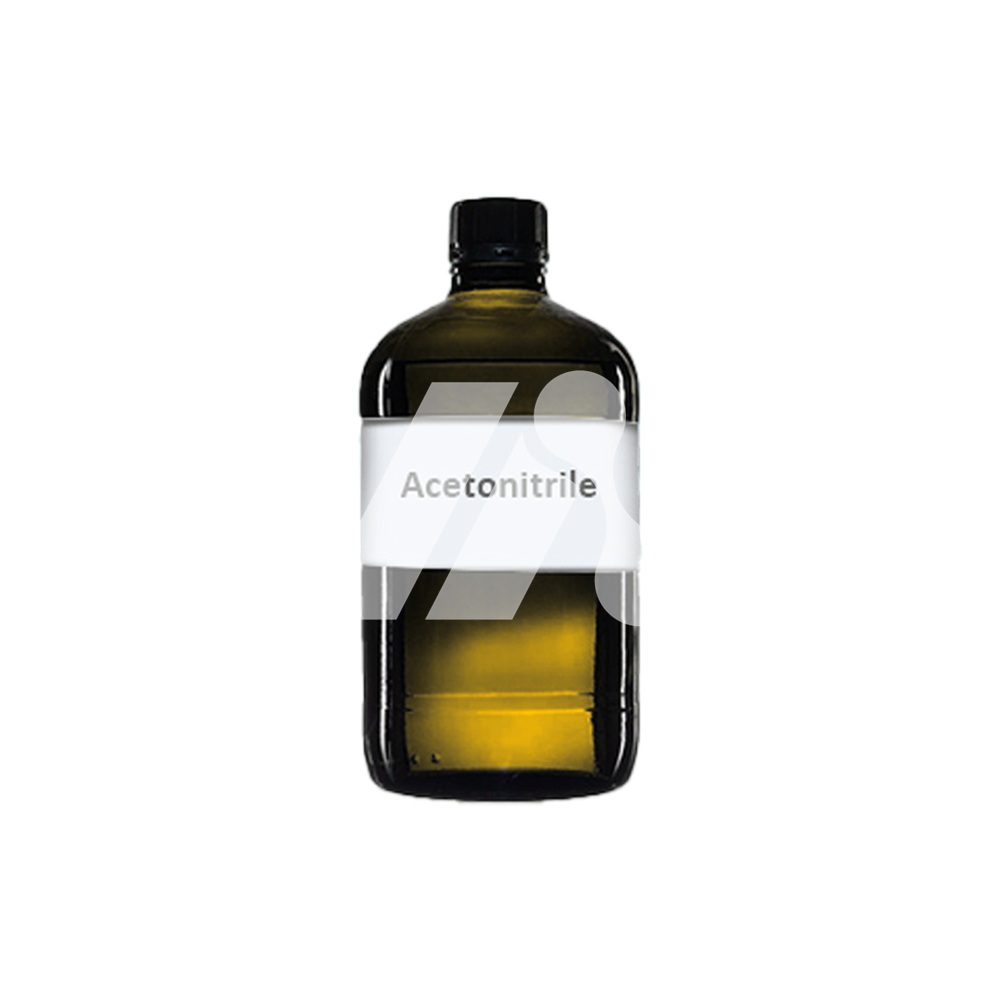 Acetonitrile 99.9%
In medicine, acetonitrile is used to synthesize a series of important drug intermediates such as vitamin B1, metronidazole, ethambutol, triamterene, adenine and dichlorvos; in pesticides, it is used to synthesize pesticide intermediates such as pyrethroid insecticides and ethoxicarb. High-purity methanol and high-purity acetonitrile are the most widely used and typical high-purity solvent products. High-purity methanol is widely used in many industrial fields such as electronics, pharmaceuticals, biochemicals, fine chemicals, and food, and is mainly used as a mobile phase for high-performance liquid chromatography of chemical precision instruments and a cleaning agent in the electronics industry. High-purity acetonitrile is an extremely strong organic solvent with good solubility for grease, inorganic salts, and polymer compounds. It can clean grease, wax, fingerprints, inorganic salts, corrosive agents, and flux residues on silicon wafers, and is therefore widely used as a semiconductor cleaning agent.
CAS No.: 75-05-8
1 kg (MOQ)
Acetonitrile 99.9%
In medicine, acetonitrile is used to synthesize a series of important drug intermediates such as vitamin B1, metronidazole, ethambutol, triamterene, adenine and dichlorvos; in pesticides, it is used to synthesize pesticide intermediates such as pyrethroid insecticides and ethoxicarb. High-purity methanol and high-purity acetonitrile are the most widely used and typical high-purity solvent products. High-purity methanol is widely used in many industrial fields such as electronics, pharmaceuticals, biochemicals, fine chemicals, and food, and is mainly used as a mobile phase for high-performance liquid chromatography of chemical precision instruments and a cleaning agent in the electronics industry. High-purity acetonitrile is an extremely strong organic solvent with good solubility for grease, inorganic salts, and polymer compounds. It can clean grease, wax, fingerprints, inorganic salts, corrosive agents, and flux residues on silicon wafers, and is therefore widely used as a semiconductor cleaning agent.
CAS No.: 75-05-8
1 kg (MOQ)
-
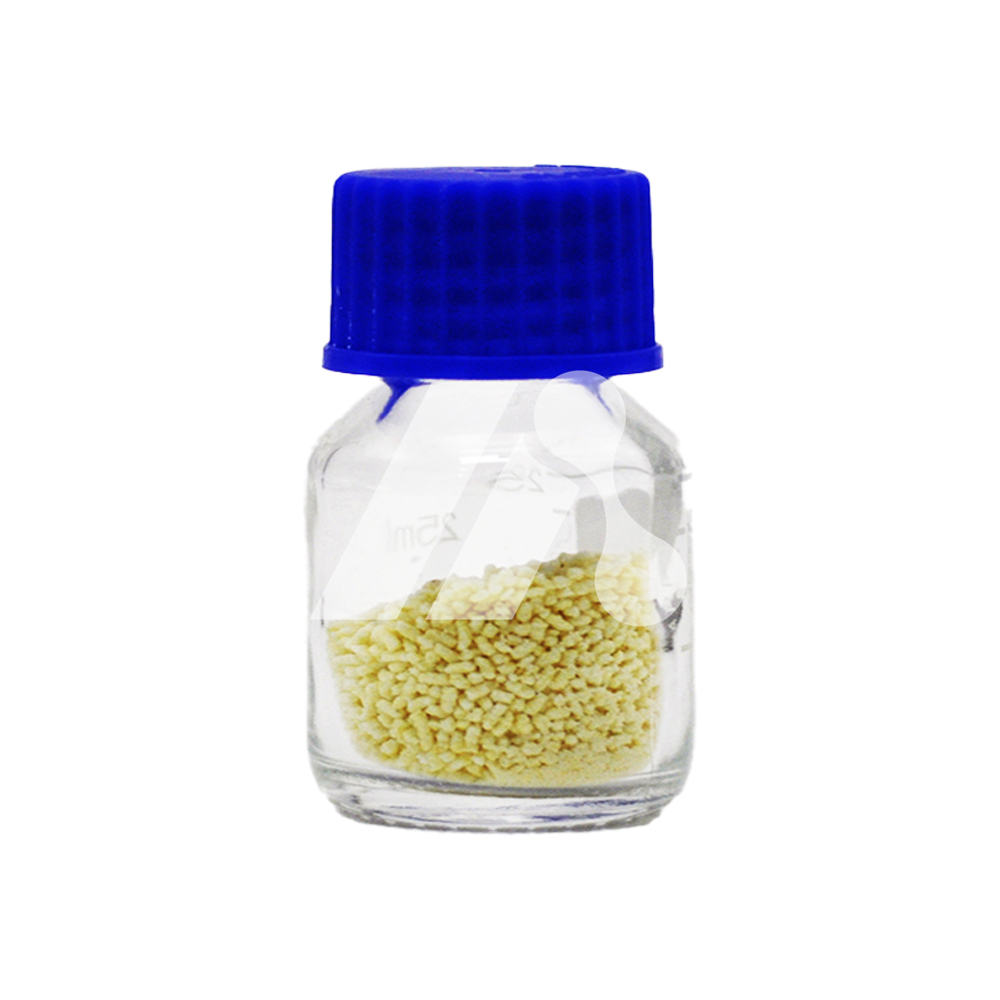 Pymetrozine 50%WG
Pymetrozine is low in toxicity and has little effect on natural enemies, acting only on pests with piercing-sucking mouthparts. The compound is non-irritating to the skin and eyes and is non-mutagenic. It has very low toxicity to mammals and is also very safe for birds, fish, bees, etc.
CAS No.: 123312-89-0
1 kg (MOQ)
Pymetrozine 50%WG
Pymetrozine is low in toxicity and has little effect on natural enemies, acting only on pests with piercing-sucking mouthparts. The compound is non-irritating to the skin and eyes and is non-mutagenic. It has very low toxicity to mammals and is also very safe for birds, fish, bees, etc.
CAS No.: 123312-89-0
1 kg (MOQ)
-
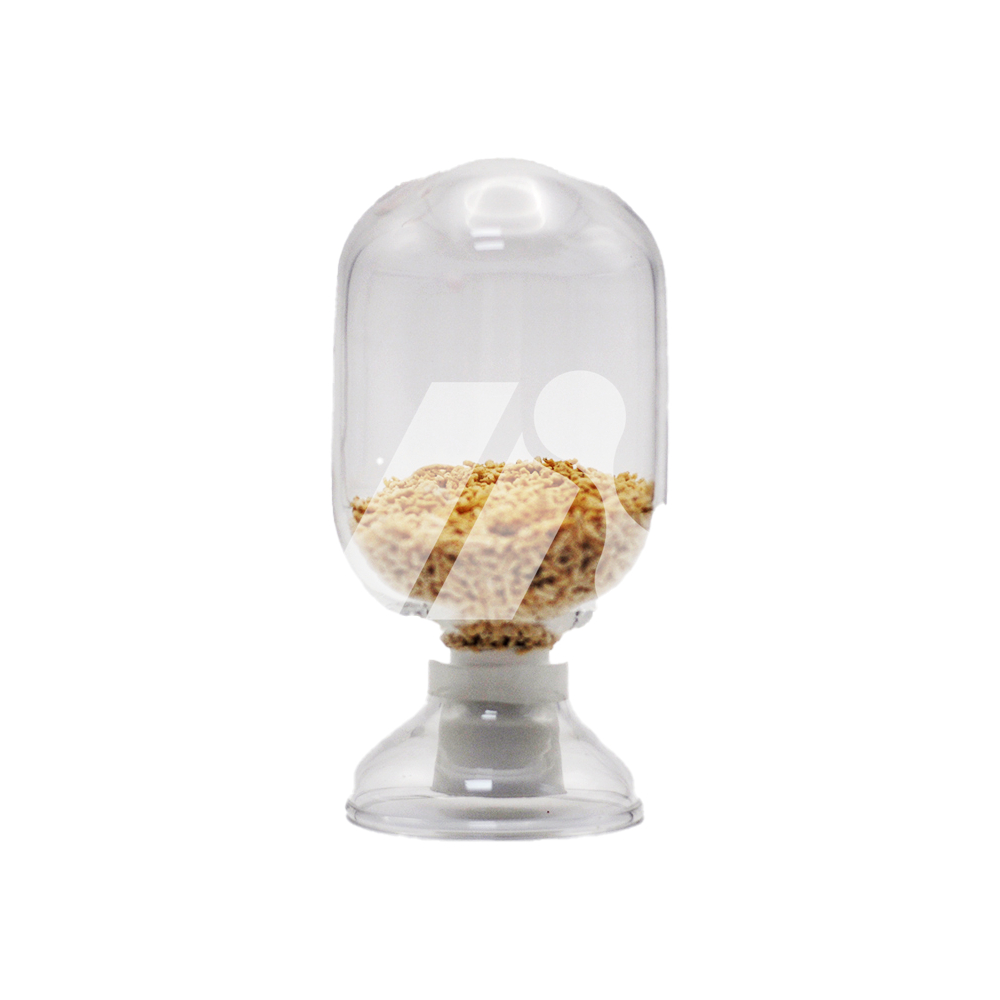 Imidacloprid 10%WP
Imidacloprid 10% wettable powder (WP) is a commonly used insecticide, mainly used to control aphids, whiteflies, leafhoppers and other pests.
CAS No.: 138261-41-3
1 kg (MOQ)
Imidacloprid 10%WP
Imidacloprid 10% wettable powder (WP) is a commonly used insecticide, mainly used to control aphids, whiteflies, leafhoppers and other pests.
CAS No.: 138261-41-3
1 kg (MOQ)
-
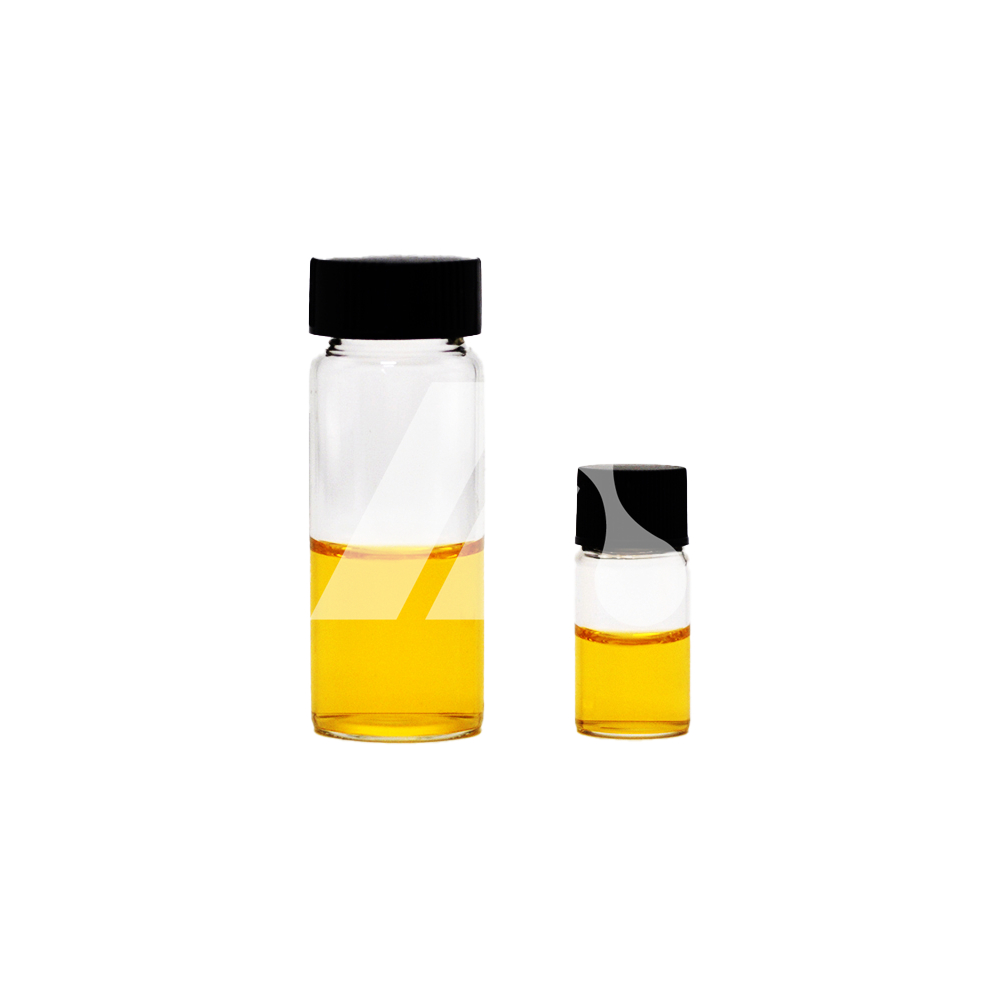 Glufosinate-Ammonium SL
110g/L 150g/L 200g/L
Glufosinate-Ammonium SL
110g/L 150g/L 200g/L
Glufosinate-ammonium is a non-selective herbicide that works by inhibiting key enzymes in plant metabolism. It only affects the site of application ensuring crop safety. The herbicide has been proven safe and effective for use worldwide since it was first marketed in 1984. CAS No.: 77182-82-2 1 kg (MOQ) -
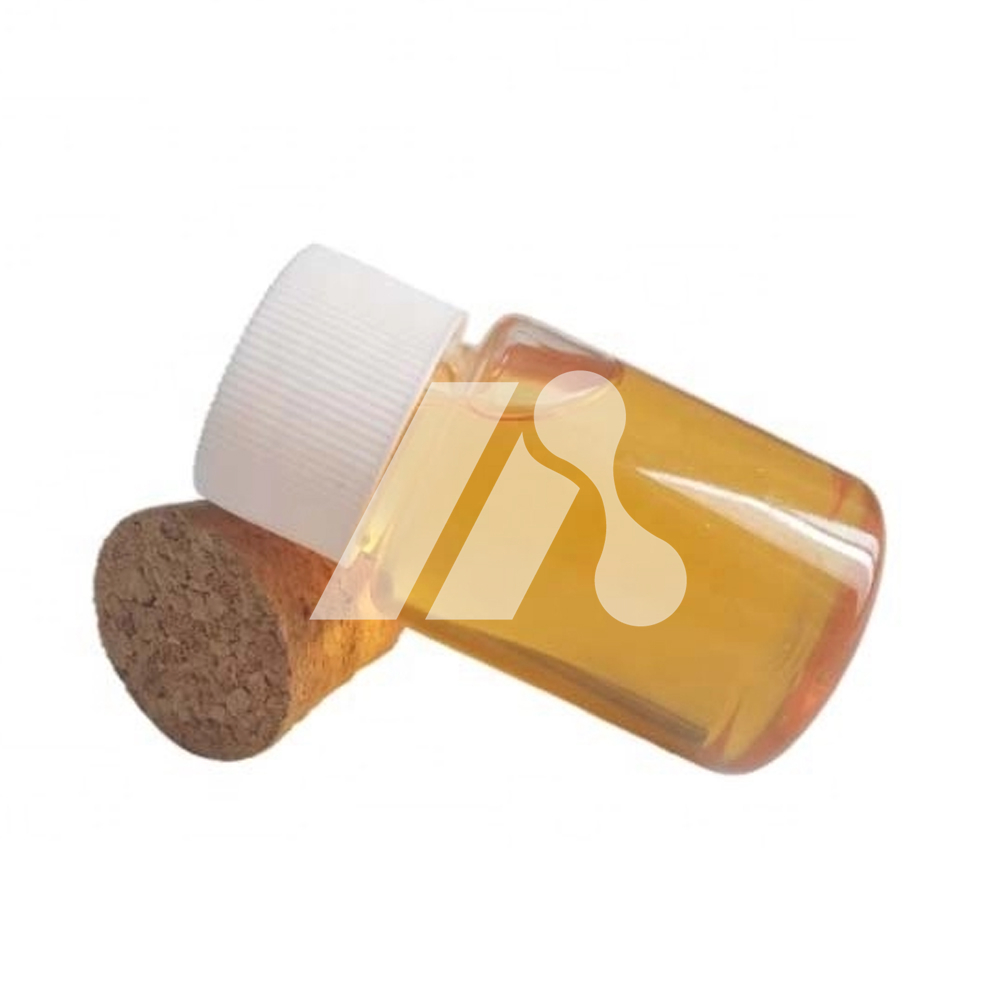 Glyphosate Isopropylamine
Salt SL 62%
Glyphosate Isopropylamine
Salt SL 62%
Glyphosate Isopropyl Ammonium stands as a leading, widely-utilized herbicide. This potent blend is primarily composed of two key elements: glyphosate and isopropyl ammonium salt. Known as a non-selective growth inhibitor, glyphosate is absorbed by leaves and translocated throughout the plant, hindering specific enzyme activities. This disruption prevents plants from synthesizing essential amino acids, ultimately leading to their demise. CAS No.: 38641-94-0 1 kg (MOQ) -
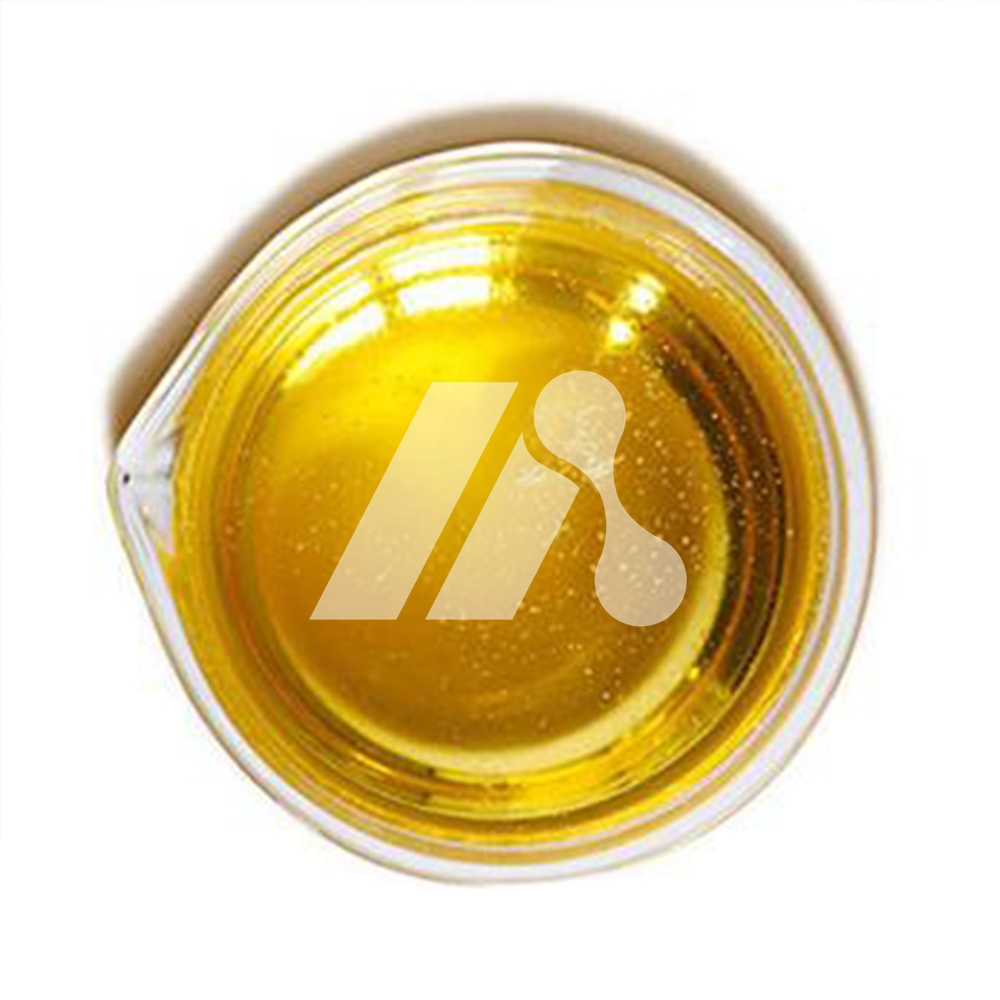 Glyphosate Isopropylamine
Salt SL 360g/L 450g/L 470g/L 510g/L
Glyphosate Isopropylamine
Salt SL 360g/L 450g/L 470g/L 510g/L
Glyphosate Isopropyl Ammonium Salt stands as a leading, widely-utilized herbicide. This potent blend is primarily composed of two key elements: glyphosate and isopropyl ammonium salt. Known as a non-selective growth inhibitor, glyphosate is absorbed by leaves and translocated throughout the plant, hindering specific enzyme activities. This disruption prevents plants from synthesizing essential amino acids, ultimately leading to their demise. CAS No.: 38641-94-0 1 kg (MOQ) -
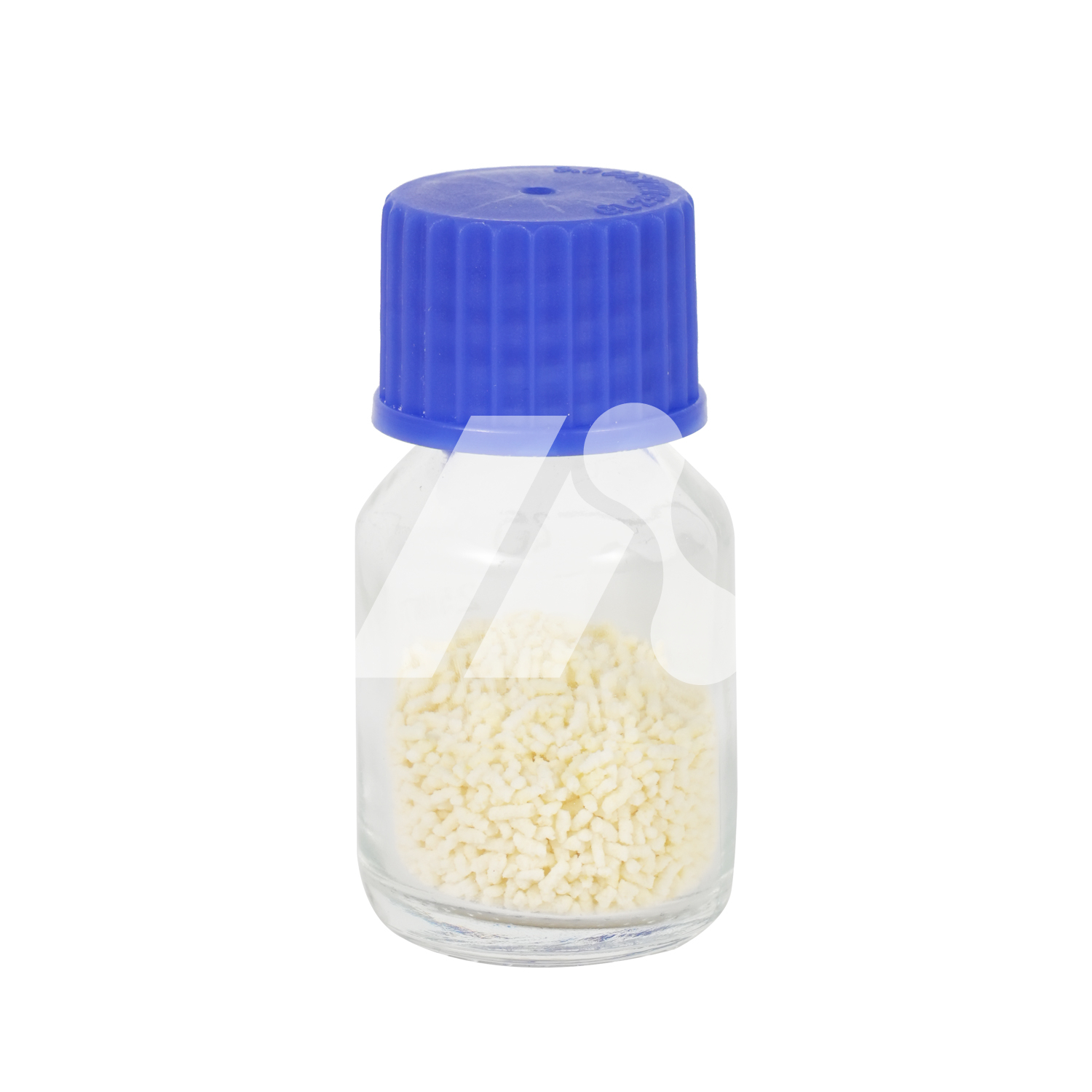 Mancozeb 96%
Mancozeb is a protective sterilizer of a broad-spectrum and multi-action site, which can be used to prevent various diseases on vegetables, food and fruit trees. It can be used alone, and can be used with a variety of internal suction germs to be used for use, which can obtain the ideal prevention and control effect without producing resistance. Mancozeb can meet the needs of farmers and markets from various aspects, reduce the cost of medication, and solve the resistance of pathogenic bacteria.
CAS No.: 8018-01-7
1 kg (MOQ)
Mancozeb 96%
Mancozeb is a protective sterilizer of a broad-spectrum and multi-action site, which can be used to prevent various diseases on vegetables, food and fruit trees. It can be used alone, and can be used with a variety of internal suction germs to be used for use, which can obtain the ideal prevention and control effect without producing resistance. Mancozeb can meet the needs of farmers and markets from various aspects, reduce the cost of medication, and solve the resistance of pathogenic bacteria.
CAS No.: 8018-01-7
1 kg (MOQ)
-
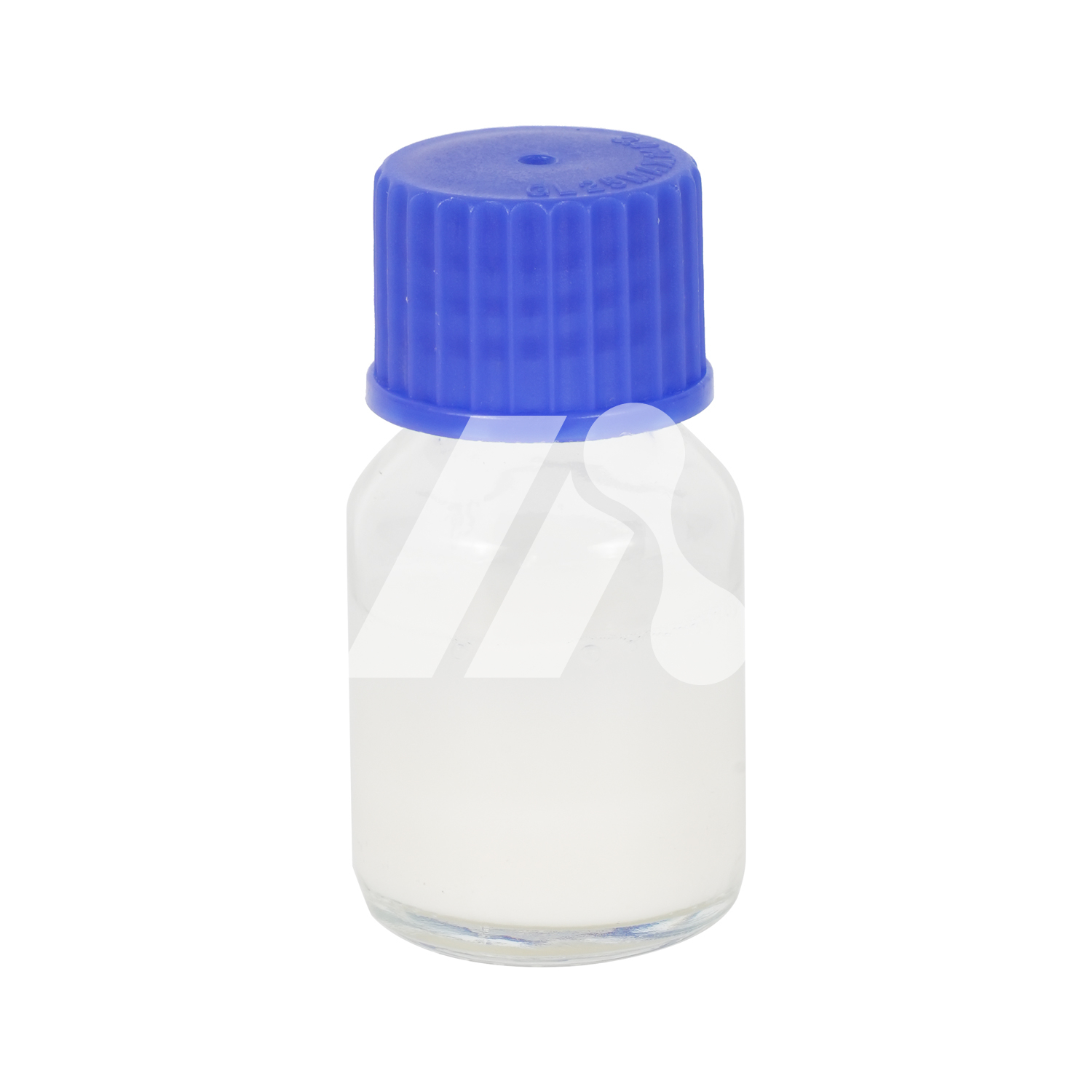 Tebuconazole 98%
Tebuconazole is a triazole fungicide, a sterol demethylation inhibitor, and a highly efficient systemic fungicide used for seed treatment or foliar spraying of important economic crops. It can effectively prevent and control various rust diseases, powdery mildew, net spot, root rot, scab, smut, seed-transmitted ring spot, tea cake disease, banana leaf spot, etc. of cereal crops.
CAS No.: 107534-96-3
1 kg (MOQ)
Tebuconazole 98%
Tebuconazole is a triazole fungicide, a sterol demethylation inhibitor, and a highly efficient systemic fungicide used for seed treatment or foliar spraying of important economic crops. It can effectively prevent and control various rust diseases, powdery mildew, net spot, root rot, scab, smut, seed-transmitted ring spot, tea cake disease, banana leaf spot, etc. of cereal crops.
CAS No.: 107534-96-3
1 kg (MOQ)
-
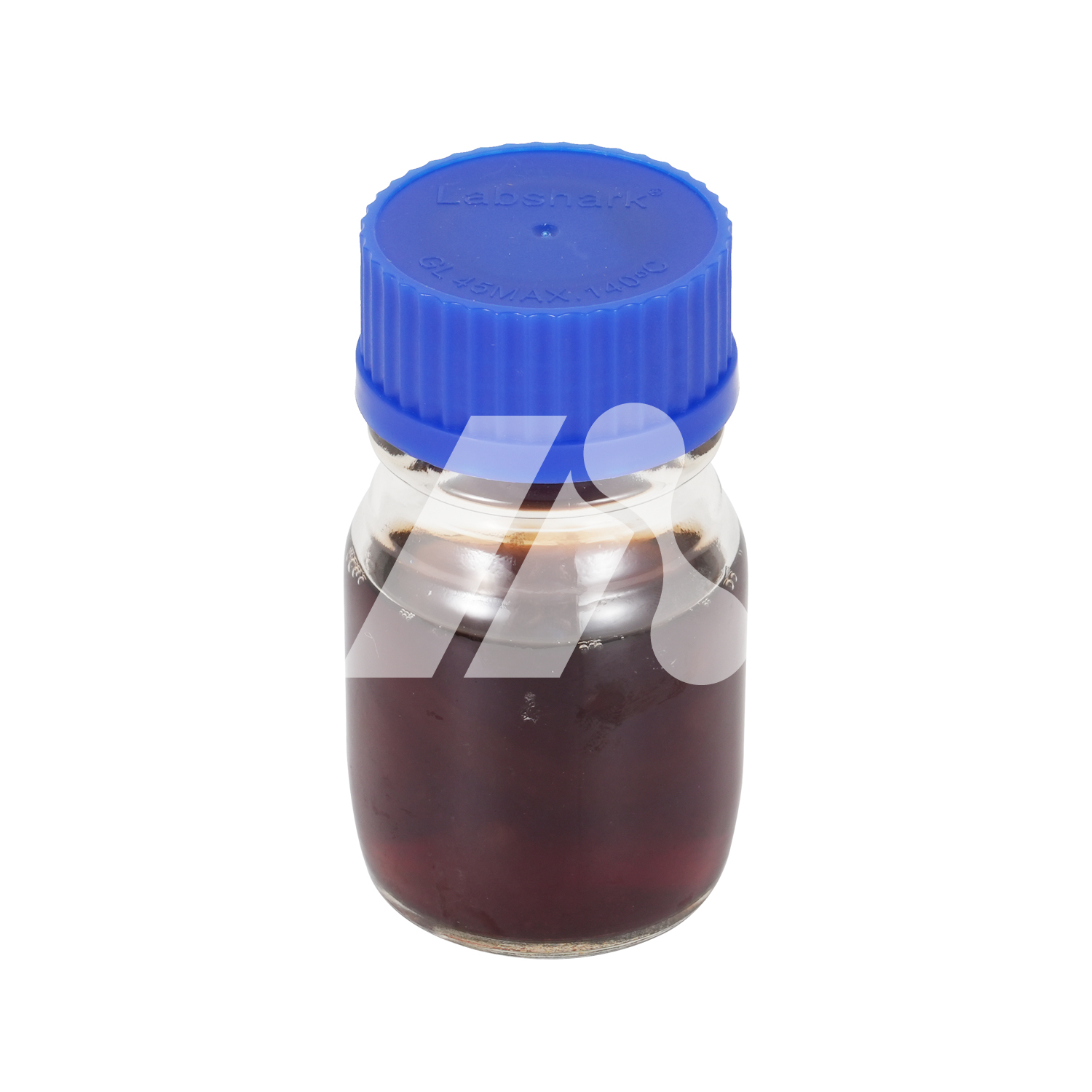 Fosthiazate 95%
The main action mode of Fosthiazate is to inhibit the synthesis of acetylcholinesterase in root-knot nematodes. It has strong contact killing activity and is also highly active against some pests that have developed resistance to traditional insecticides. Thiazophos is mainly used to control nematodes, aphids, etc. It is one of the few nematode-killing products and is suitable for the production of pollution-free vegetables.
CAS No.: 98886-44-3
1 kg (MOQ)
Fosthiazate 95%
The main action mode of Fosthiazate is to inhibit the synthesis of acetylcholinesterase in root-knot nematodes. It has strong contact killing activity and is also highly active against some pests that have developed resistance to traditional insecticides. Thiazophos is mainly used to control nematodes, aphids, etc. It is one of the few nematode-killing products and is suitable for the production of pollution-free vegetables.
CAS No.: 98886-44-3
1 kg (MOQ)
-
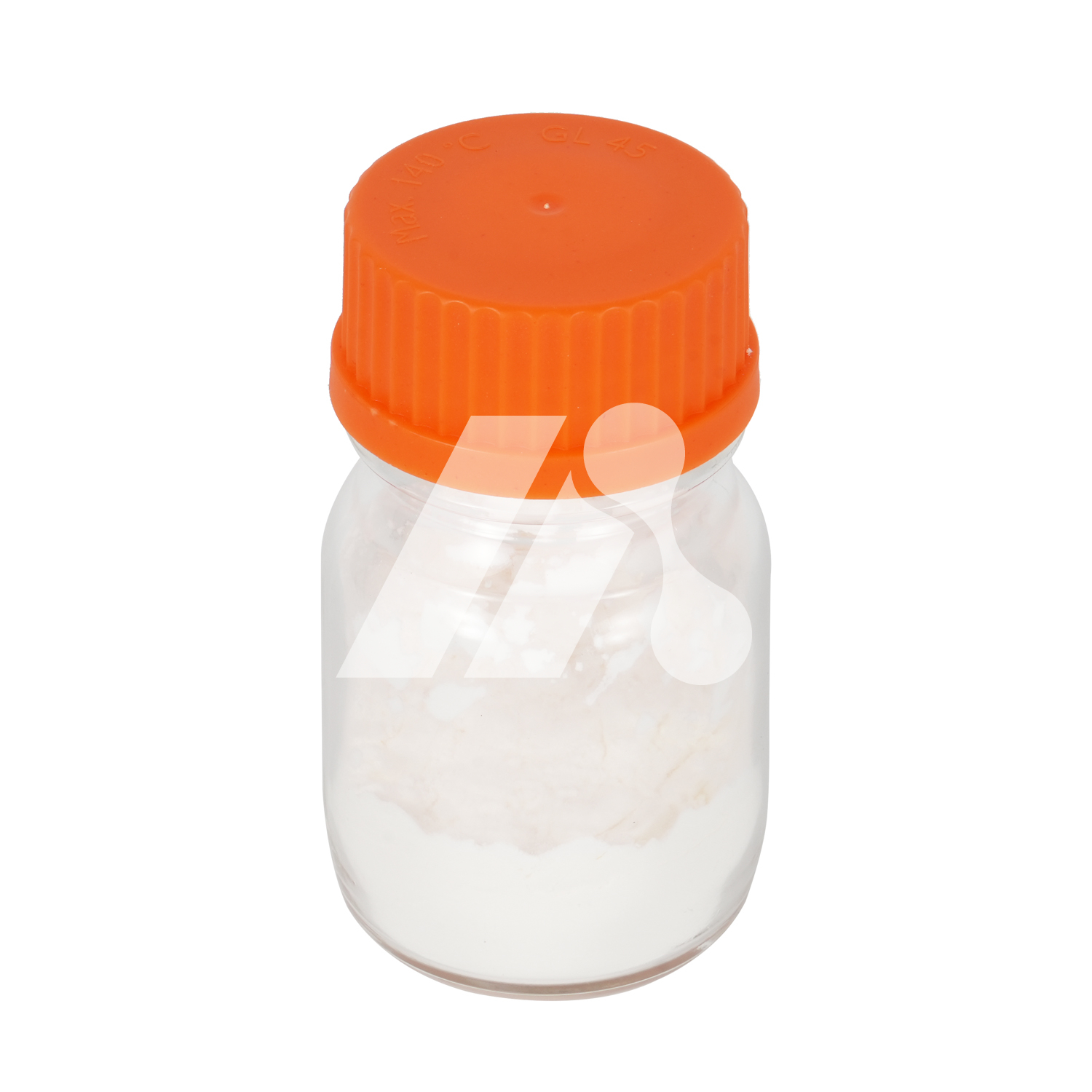 Thiamethoxam 98%
Thiamethoxam has contact, gastric, and systemic activities, and has higher activity, better safety, wider insecticidal spectrum, fast action, and long duration of effect. It is an ideal alternative to those with high toxicity to mammals and Better varieties of organophosphorus, carbamate, and organochlorine pesticides that have residual and environmental problems. It is highly active against Coleoptera, Diptera, Lepidoptera, especially Homoptera pests, and can effectively control various aphids, leafhoppers, planthoppers, mealybugs, chafer Chemicalbook larvae, potato beetles, nematodes, and ground beetles. , leafminers and other pests as well as pests that are resistant to various types of chemical pesticides.
CAS No.: 153719-23-4
1 kg (MOQ)
Thiamethoxam 98%
Thiamethoxam has contact, gastric, and systemic activities, and has higher activity, better safety, wider insecticidal spectrum, fast action, and long duration of effect. It is an ideal alternative to those with high toxicity to mammals and Better varieties of organophosphorus, carbamate, and organochlorine pesticides that have residual and environmental problems. It is highly active against Coleoptera, Diptera, Lepidoptera, especially Homoptera pests, and can effectively control various aphids, leafhoppers, planthoppers, mealybugs, chafer Chemicalbook larvae, potato beetles, nematodes, and ground beetles. , leafminers and other pests as well as pests that are resistant to various types of chemical pesticides.
CAS No.: 153719-23-4
1 kg (MOQ)
-
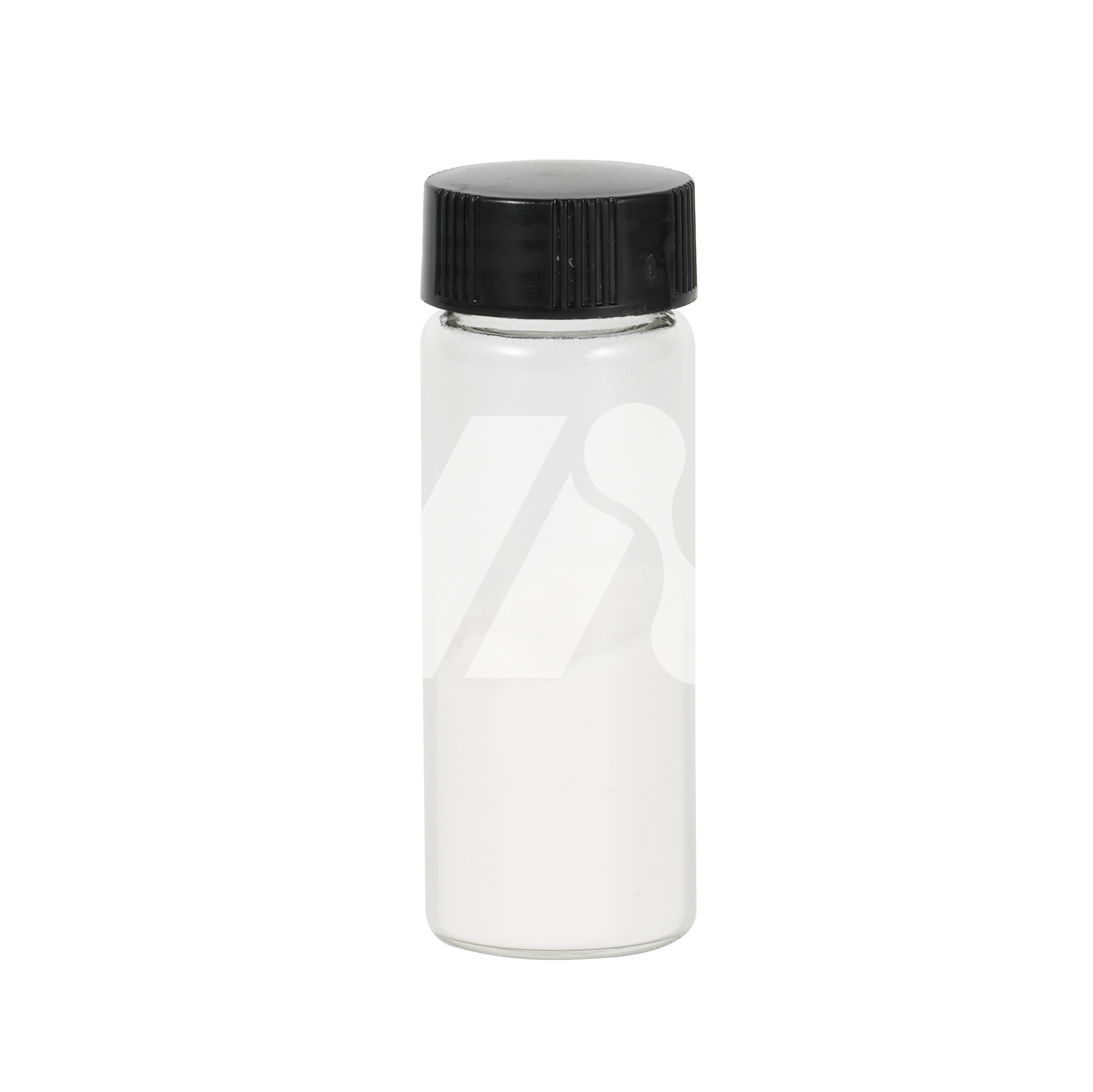 Pymetrozine 96%
Pymetrozine is low in toxicity and has little effect on natural enemies, acting only on pests with piercing-sucking mouthparts. The compound is non-irritating to the skin and eyes and is non-mutagenic. It has very low toxicity to mammals and is also very safe for birds, fish, bees, etc.
CAS No.: 123312-89-0
1 kg (MOQ)
Pymetrozine 96%
Pymetrozine is low in toxicity and has little effect on natural enemies, acting only on pests with piercing-sucking mouthparts. The compound is non-irritating to the skin and eyes and is non-mutagenic. It has very low toxicity to mammals and is also very safe for birds, fish, bees, etc.
CAS No.: 123312-89-0
1 kg (MOQ)
-
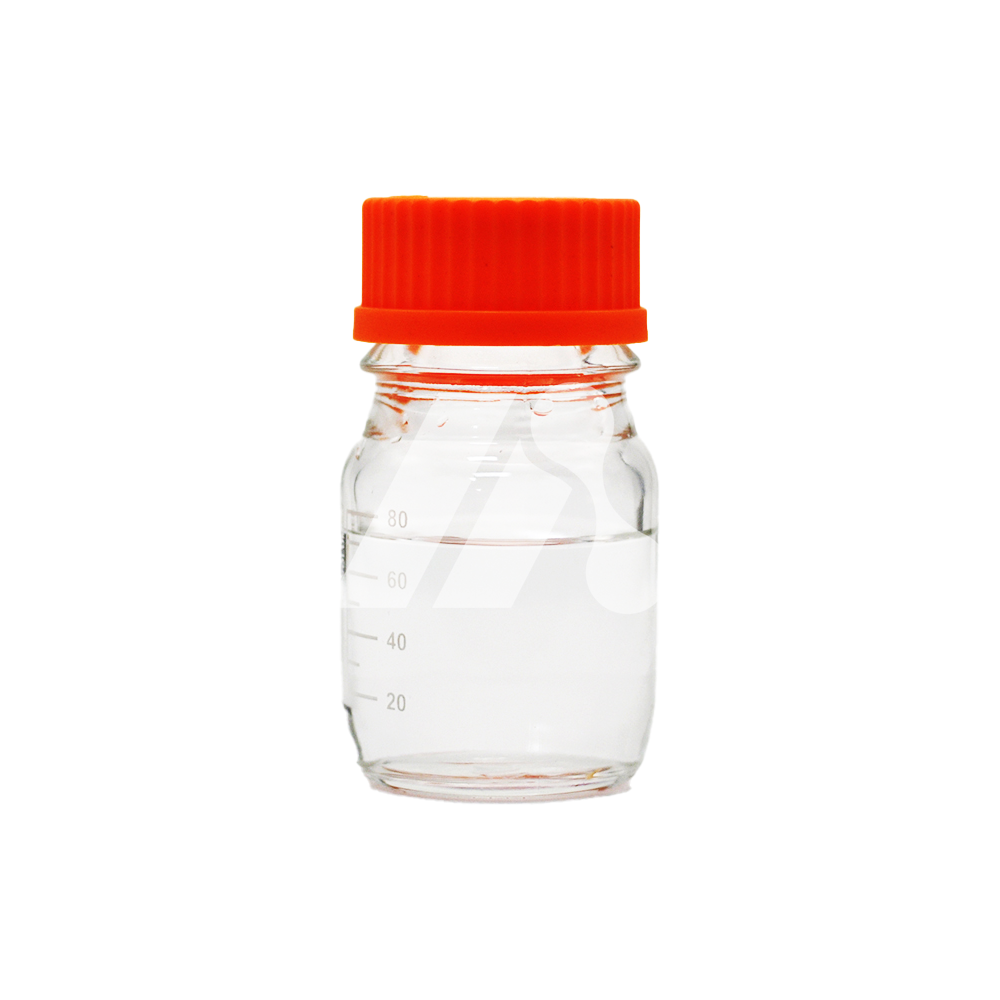 Pyridine 99.9%
Pyridine is used as an organic solvent, analytical reagent, and also used in organic synthesis industry, chromatography analysis, and as a raw material for extracting and separating pyridine and its homologues. It is a raw material for herbicides, pesticides, medicines, rubber additives, and textile additives. It can also be used in moisture determination, as a bacterial mutagen, alcohol denaturant, solvent for acylation reactions, and catalyst, etc.
CAS No.: 110-86-1
1 kg (MOQ)
Pyridine 99.9%
Pyridine is used as an organic solvent, analytical reagent, and also used in organic synthesis industry, chromatography analysis, and as a raw material for extracting and separating pyridine and its homologues. It is a raw material for herbicides, pesticides, medicines, rubber additives, and textile additives. It can also be used in moisture determination, as a bacterial mutagen, alcohol denaturant, solvent for acylation reactions, and catalyst, etc.
CAS No.: 110-86-1
1 kg (MOQ)
-
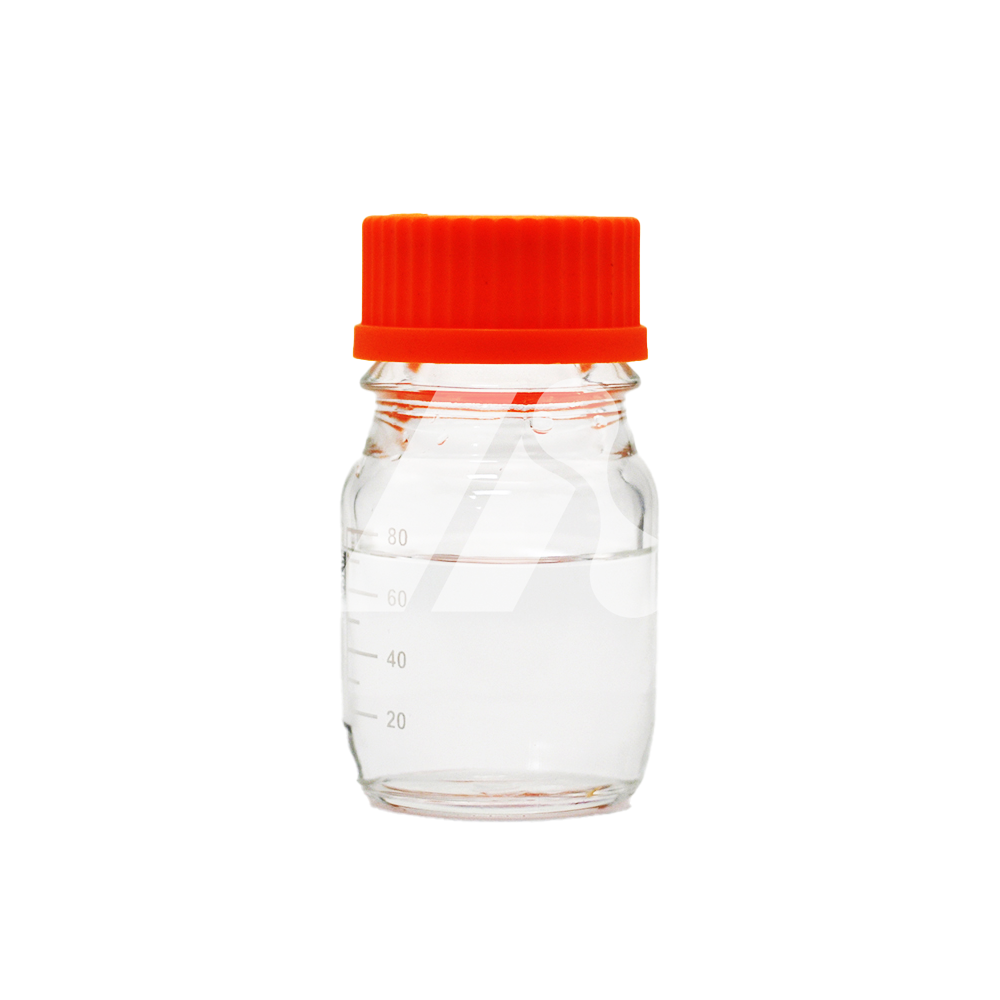 3-Methylpyridine 99.9%
3-Methylpyridine is mainly used in the manufacture of vitamin B, niacin, cardiotonic agents, etc. It can also be used as a solvent, alcohol denaturant, various intermediates, and pesticides.
CAS NO.: 108-99-6
1 kg (MOQ)
3-Methylpyridine 99.9%
3-Methylpyridine is mainly used in the manufacture of vitamin B, niacin, cardiotonic agents, etc. It can also be used as a solvent, alcohol denaturant, various intermediates, and pesticides.
CAS NO.: 108-99-6
1 kg (MOQ)
-
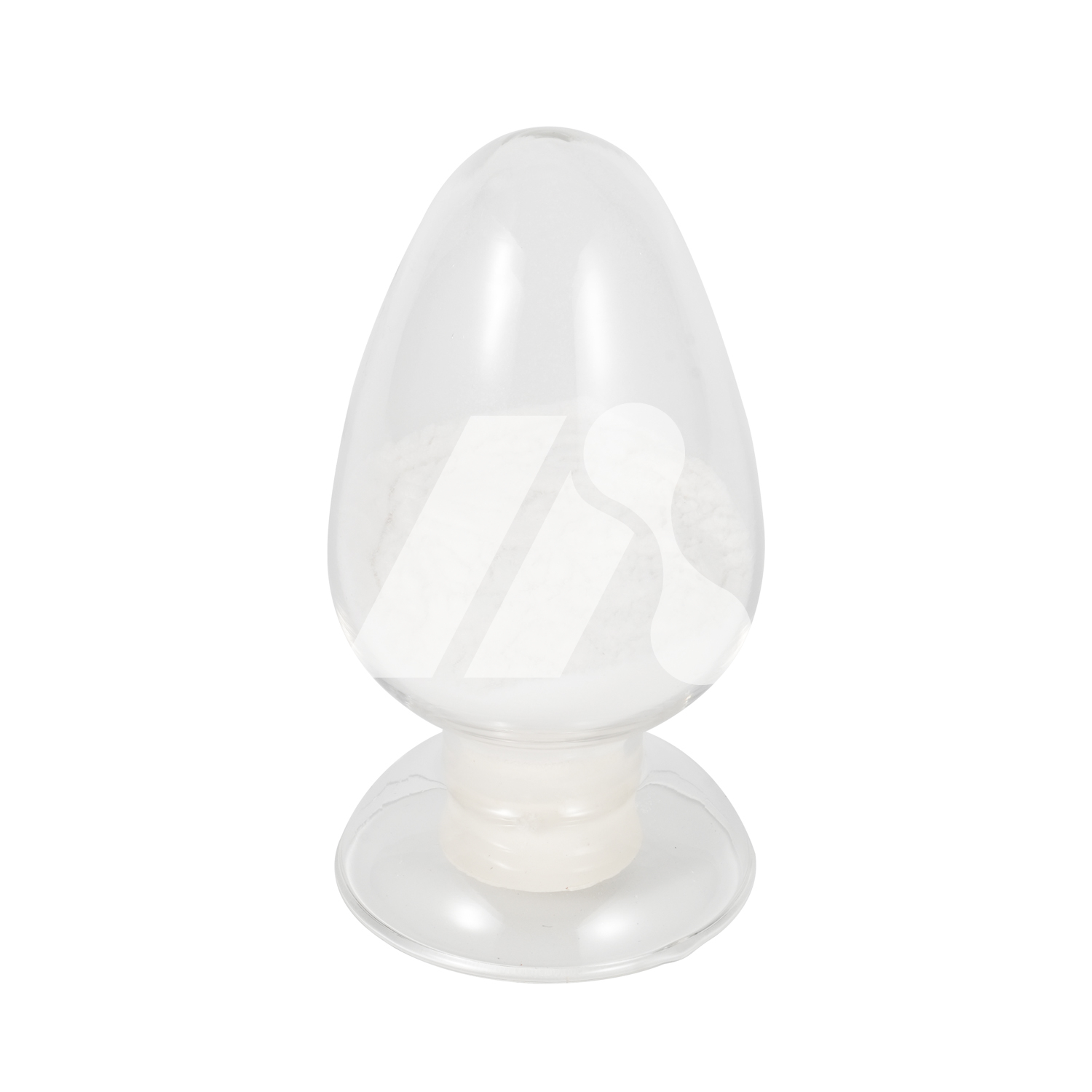 Methomyl-Oxime 98%
Methomyl oxime is a known environmental transformation product of Alanycarb.This product is an intermediate for the synthesis of methomyl technical material. 1-Methylthioacetaldehyde oxime is called methomyl oxime. It is an intermediate with considerable economic value and can be used to manufacture carbamate pesticides such as methomyl. Methylcarb, thiodimethiocarb and cotton bollcarb, etc.
CAS NO.: 10533-67-2
1 kg (MOQ)
Methomyl-Oxime 98%
Methomyl oxime is a known environmental transformation product of Alanycarb.This product is an intermediate for the synthesis of methomyl technical material. 1-Methylthioacetaldehyde oxime is called methomyl oxime. It is an intermediate with considerable economic value and can be used to manufacture carbamate pesticides such as methomyl. Methylcarb, thiodimethiocarb and cotton bollcarb, etc.
CAS NO.: 10533-67-2
1 kg (MOQ)
-
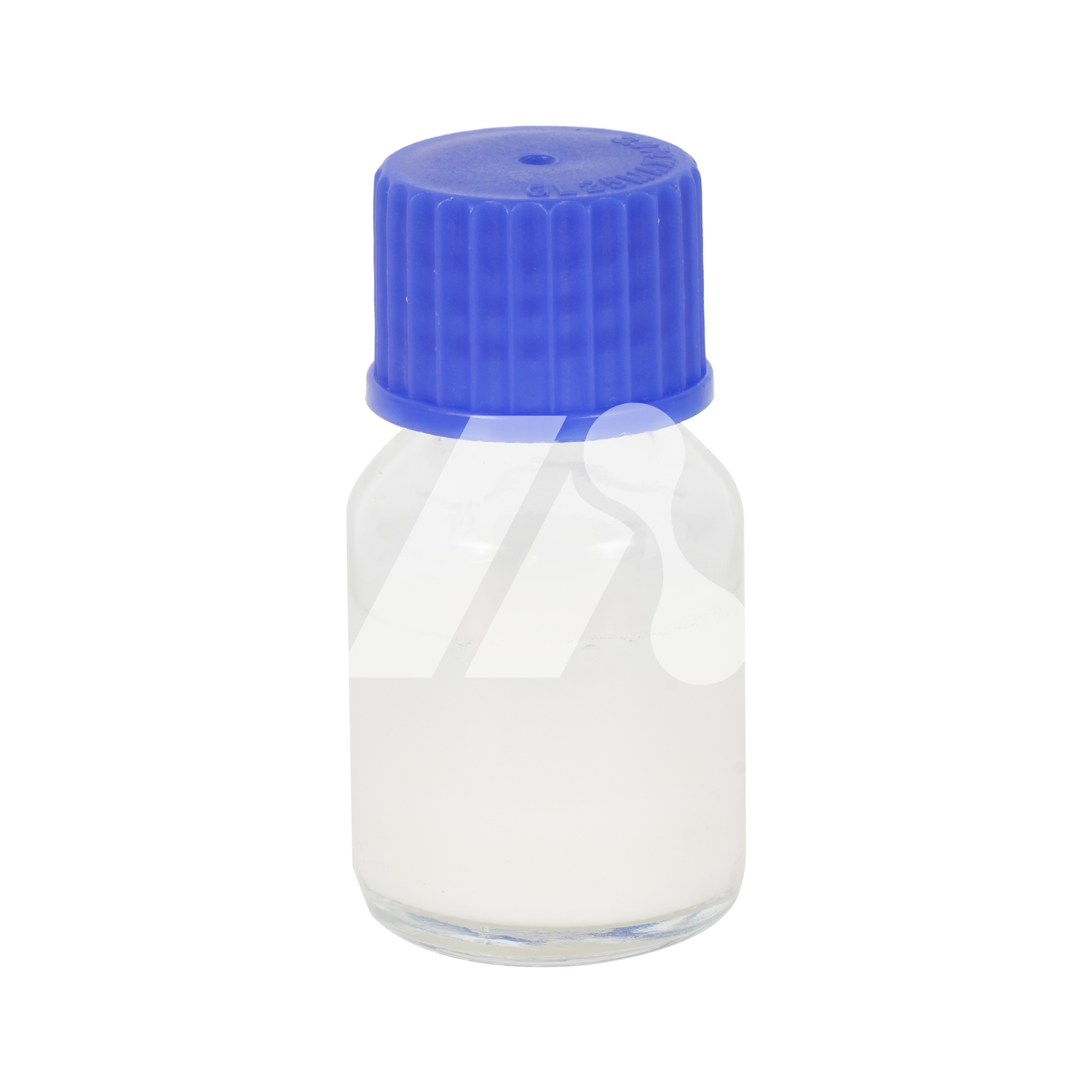 Glufosinate-P 90%
L-Glufosinate 90% (Glufosinate-P) is by far the only natural sense herbicide containing the C-P-C structure, which is about 4 times the grass glyphosate, which is twice the proclastation of the grass and two times the somatoscope (DL-type). Glufosinate-P adsorbs the activity of glutamine synthetase causing the cytotoxic ammonium ions to accumulate in the plant, destroying its photosynthesis.
CAS No.: 35597-44-5
1 kg (MOQ)
Glufosinate-P 90%
L-Glufosinate 90% (Glufosinate-P) is by far the only natural sense herbicide containing the C-P-C structure, which is about 4 times the grass glyphosate, which is twice the proclastation of the grass and two times the somatoscope (DL-type). Glufosinate-P adsorbs the activity of glutamine synthetase causing the cytotoxic ammonium ions to accumulate in the plant, destroying its photosynthesis.
CAS No.: 35597-44-5
1 kg (MOQ)
-
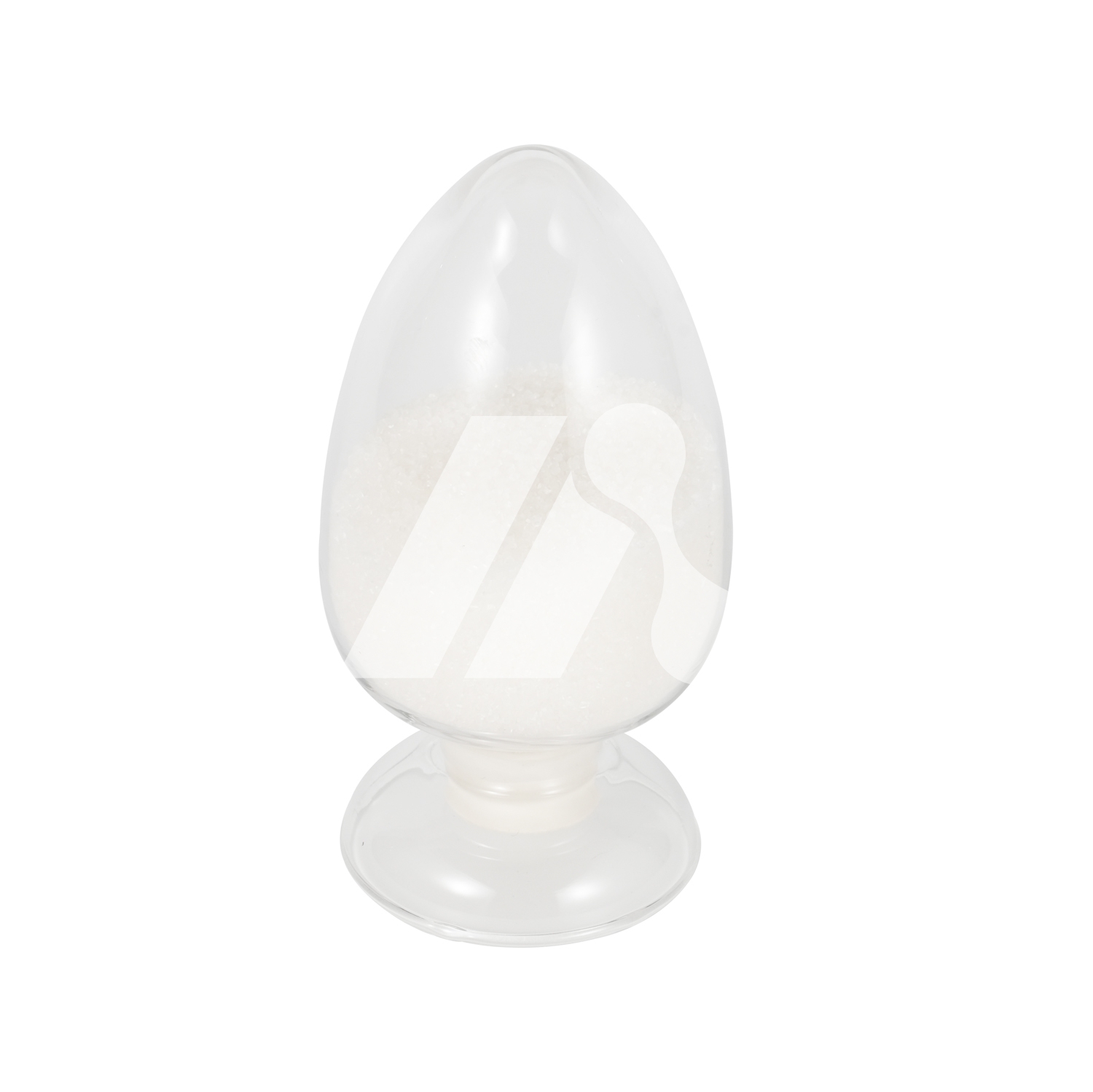 Tembotrione 98%
Tembotrione is a herbicide used to control grassy and broadleaf weeds in corn fields.Mainly used in corn fields, cyclosulfonate is a post-emergence HPPD (hydroxyphenylpyruvate dioxygenase) inhibitor herbicide. It works by blocking the plant's internal. The biosynthesis of isoprenylquinone causes chlorosis, discoloration, tissue necrosis, and ultimately the death of weeds within 2 weeks.
CAS No.: 335104-84-2
1 kg (MOQ)
Tembotrione 98%
Tembotrione is a herbicide used to control grassy and broadleaf weeds in corn fields.Mainly used in corn fields, cyclosulfonate is a post-emergence HPPD (hydroxyphenylpyruvate dioxygenase) inhibitor herbicide. It works by blocking the plant's internal. The biosynthesis of isoprenylquinone causes chlorosis, discoloration, tissue necrosis, and ultimately the death of weeds within 2 weeks.
CAS No.: 335104-84-2
1 kg (MOQ)
-
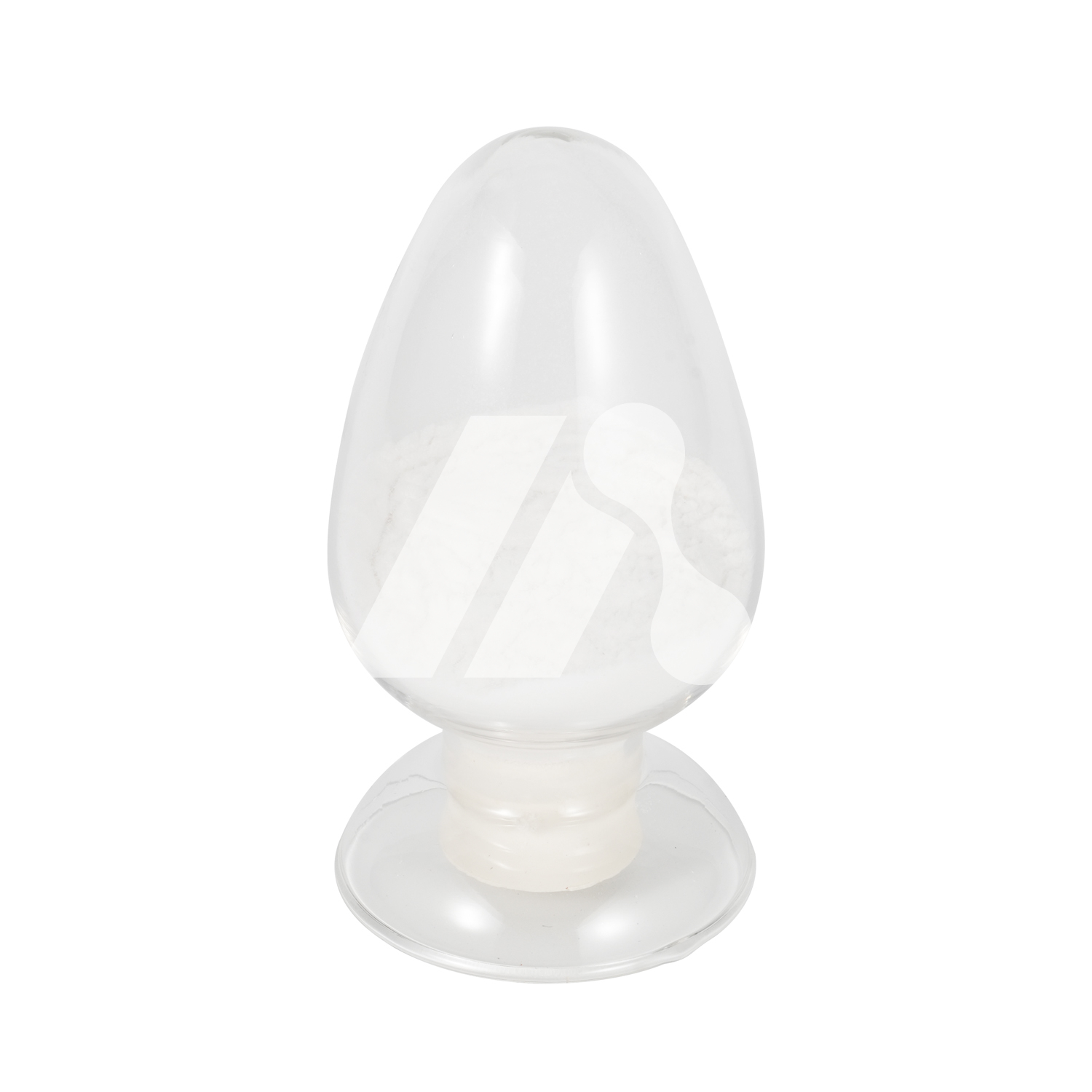 Glufosinate-Ammonium
Glufosinate-Ammonium 95% is mainly used for weed control in orchards, vineyards, potato fields, nurseries, forests, pastures, ornamental shrubs and no-till land, and controls annual and perennial grass weeds, such as foxtail, wild oats, crabgrass, barnyard grass, foxtail, bluegrass, creeping ice grass, bermudagrass, bentgrass, reed, fescue, etc.
CAS No.: 77182-82-2
1 kg (MOQ)
Glufosinate-Ammonium
Glufosinate-Ammonium 95% is mainly used for weed control in orchards, vineyards, potato fields, nurseries, forests, pastures, ornamental shrubs and no-till land, and controls annual and perennial grass weeds, such as foxtail, wild oats, crabgrass, barnyard grass, foxtail, bluegrass, creeping ice grass, bermudagrass, bentgrass, reed, fescue, etc.
CAS No.: 77182-82-2
1 kg (MOQ)
-
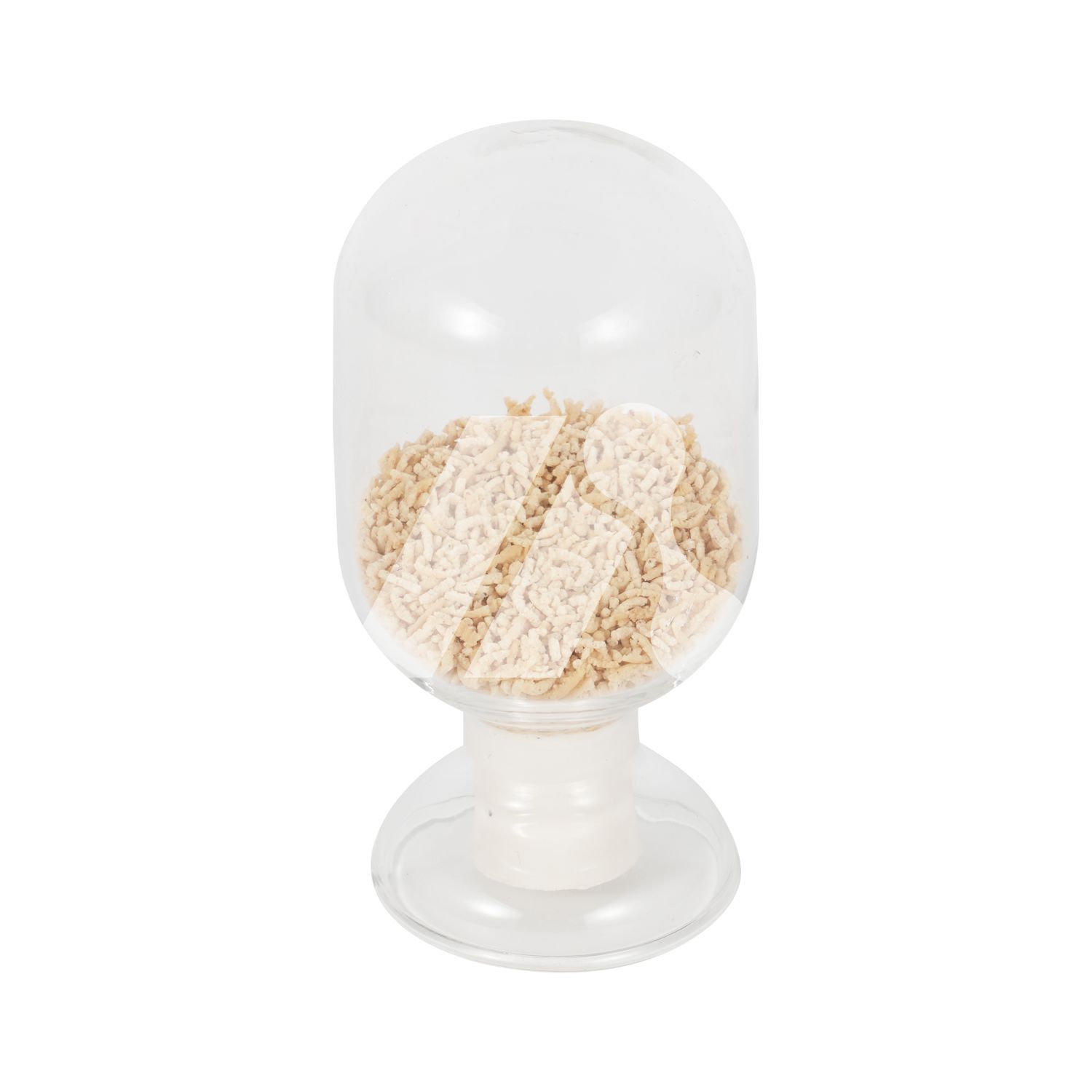 Glyphosate 97%
Glyphosate is a systemic broad-spectrum herbicide. It mainly inhibits the enolpyruvyl shikimate phosphate synthase in plants, thereby inhibiting the conversion of shikimate to phenylalanine, tyrosine and tryptophan, interfering with protein synthesis and leading to plant death. It was initially used in rubber plantations to control thatch and other weeds, which can enable rubber trees to be tapped one year earlier and old rubber trees to produce more.
CAS No.: 1071-83-6
1 kg (MOQ)
Glyphosate 97%
Glyphosate is a systemic broad-spectrum herbicide. It mainly inhibits the enolpyruvyl shikimate phosphate synthase in plants, thereby inhibiting the conversion of shikimate to phenylalanine, tyrosine and tryptophan, interfering with protein synthesis and leading to plant death. It was initially used in rubber plantations to control thatch and other weeds, which can enable rubber trees to be tapped one year earlier and old rubber trees to produce more.
CAS No.: 1071-83-6
1 kg (MOQ)


